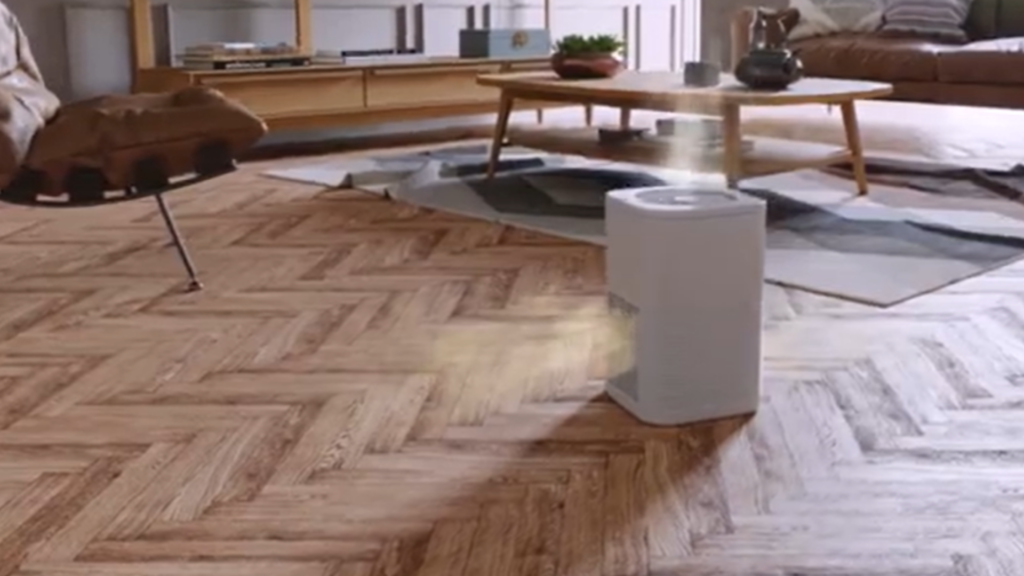
Yes, air purifiers can help with smell. They work by filtering out particles and gases that cause odors. Some air purifiers are better at odor removal than others. This article will explore how air purifiers work for smells, what types of air purifiers are most effective, and other solutions for dealing with unwanted odors.
Fathoming How Air Purifiers Work for Smells
Air purifiers don’t just clean dust; they can also tackle odors. To understand how, we need to look at the different types of air purifiers and the technology they use.
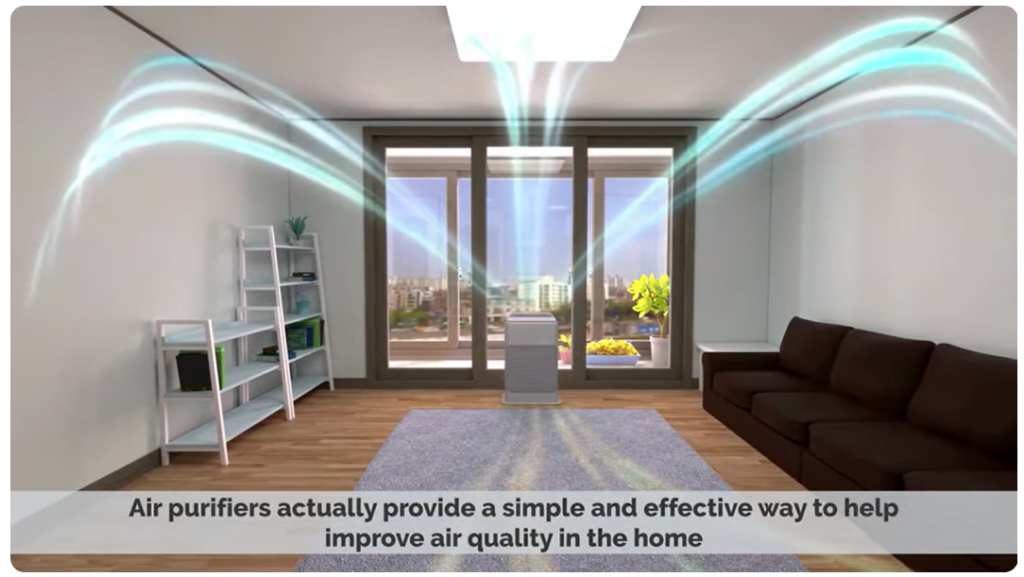
Air Purifier Technologies
- HEPA Filters: HEPA (High-Efficiency Particulate Air) filters are excellent at removing particles like dust, pollen, and pet dander. While they don’t directly remove smells, by eliminating these airborne particles, they indirectly reduce some odors.
- Activated Carbon Filters: Activated carbon filters are key for smell absorption. These filters have a large surface area that traps gas molecules, including those that cause odors.
- UV-C Light: Some air purifiers use UV-C light to kill bacteria and viruses. While this can help with some odors caused by microbial growth, it’s not the primary method for air purifier smell reduction.
- Ionizers: Ionizers release ions that attach to airborne particles, making them heavier and causing them to fall out of the air. They can help reduce dust and allergens, but their effectiveness on smells is limited, and some can produce ozone, which is harmful.
- Ozone Generators: Ozone generators produce ozone, which can mask or neutralize odors. However, ozone is a lung irritant and can be harmful, so these are generally not recommended for home use.
The Role of Activated Carbon in Odor Elimination
Activated carbon filters are the real workhorses when it comes to odor removal. Here’s a deeper dive into how they work:
- Adsorption: Activated carbon uses a process called adsorption, where odor molecules stick to the surface of the carbon material.
- Large Surface Area: Activated carbon has an incredibly large surface area due to its porous structure. A single gram of activated carbon can have a surface area of 500 to 3,000 square meters.
- Effectiveness: The effectiveness of an activated carbon filter depends on the quality and amount of carbon used. A thicker filter with more carbon will generally be more effective.
Identifying Odor Sources
Before choosing an air purifier for odors, it’s important to pinpoint the source of the smell. This will help you select the right type of air purifier and address the underlying issue. Common odor sources include:
- Pets: Pet dander, urine, and saliva can all contribute to unpleasant odors.
- Cooking: Cooking smells, especially from frying or strong spices, can linger in the air.
- Mold and Mildew: Mold and mildew growth can produce musty odors.
- Smoke: Cigarette smoke, cigar smoke, and smoke from fires can be persistent and difficult to remove.
- Volatile Organic Compounds (VOCs): Air purifier volatile organic compounds (VOCs) are gases emitted from various household products like paints, cleaning supplies, and furniture.
- Garbage: Trash cans can be a breeding ground for bacteria and odors.
- Sewage: Plumbing issues can sometimes cause sewage smells.
Selecting the Best Air Purifier for Bad Smells
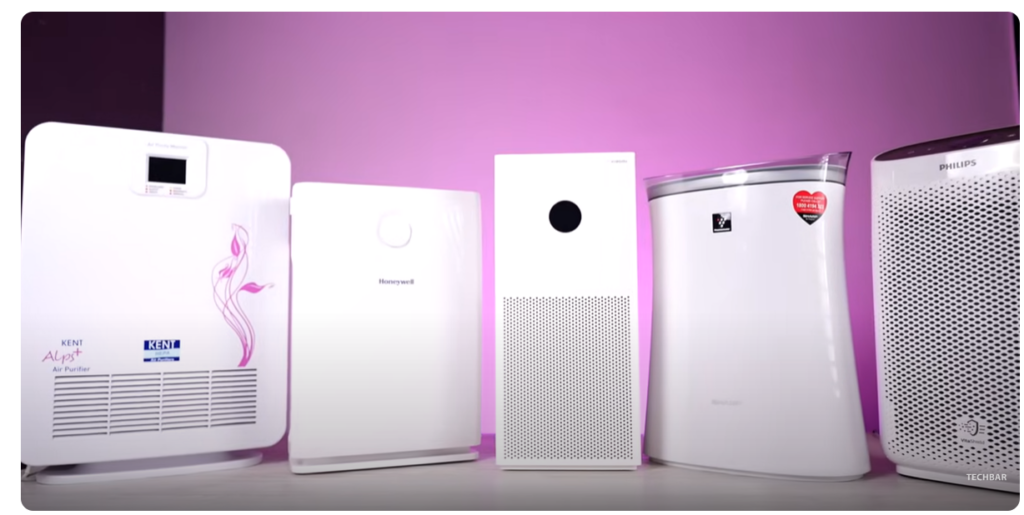
When choosing an air purifier for bad smells, consider the following factors:
- Filter Type: Look for air purifiers with activated carbon filters. The more carbon, the better the odor removal.
- Filter Size and Quality: A larger, thicker activated carbon filter will be more effective than a smaller, thinner one.
- Pre-filter: A pre-filter helps remove larger particles like dust and pet hair, extending the life of the HEPA and activated carbon filters.
- CADR Rating: The Clean Air Delivery Rate (CADR) indicates how quickly the air purifier cleans the air in a room. Choose an air purifier with a CADR rating appropriate for the size of your room.
- Coverage Area: Make sure the air purifier is designed for the square footage of the room you want to clean.
- Additional Features: Some air purifiers have additional features like auto mode, which adjusts the fan speed based on air quality, and sleep mode, which reduces noise.
Top Rated Air Purifier Features for Odor Elimination
| Feature | Description | Benefit |
|---|---|---|
| Activated Carbon | Filters with high-quality, dense activated carbon. | Highly effective in adsorbing and neutralizing odors. |
| Pre-filter | Captures larger particles before they reach the HEPA and carbon filters. | Extends the lifespan of the main filters. |
| High CADR Rating | Indicates the speed at which the air purifier cleans the air. | Efficiently purifies the air in the room, quickly reducing odors. |
| Multi-Layer Filters | Combines HEPA, activated carbon, and other specialized filters. | Comprehensive air cleaning, addressing both particles and gases. |
| Quiet Operation | Air purifiers with low noise levels, especially important for bedrooms. | Does not disrupt sleep or daily activities. |
| Smart Features | Auto mode, app control, and air quality monitoring. | Convenient and efficient operation, adjusting settings based on real-time air quality. |
Air Cleaner Odor Control: Beyond Air Purifiers
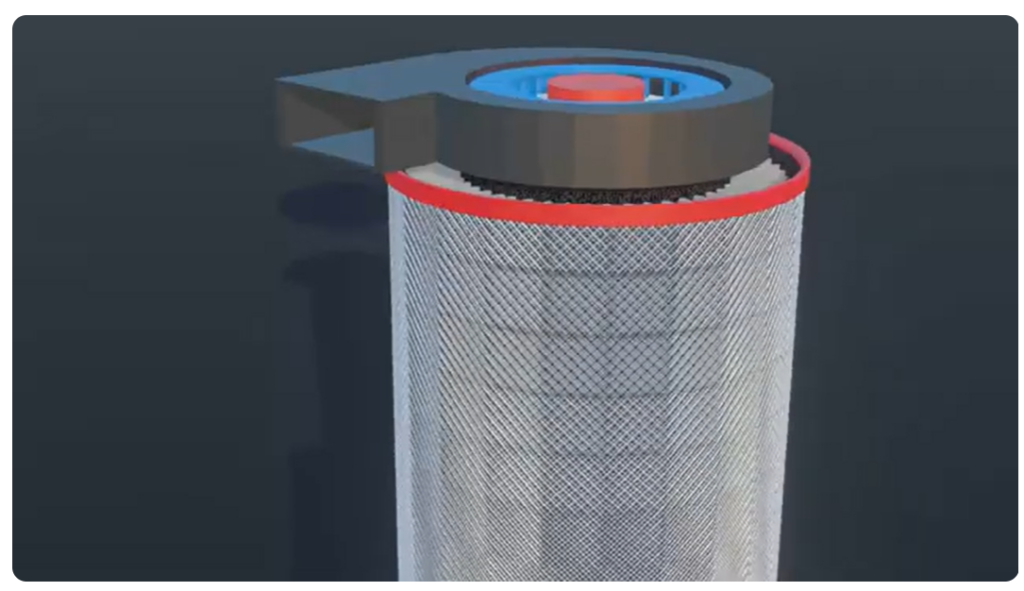
While air purifiers are a great tool, they are not the only solution. Here are some other strategies for air cleaner odor control and to eliminate smells:
- Clean Regularly: Regular cleaning can remove odor-causing substances. Vacuum carpets, mop floors, and wipe down surfaces.
- Ventilate: Open windows and doors to air out your home. This can help remove stale air and odors.
- Address the Source: Identify and eliminate the source of the odor. For example, clean up pet accidents promptly, empty trash cans regularly, and repair any plumbing leaks.
- Baking Soda: Baking soda is a natural odor absorber. Place open boxes of baking soda in areas with strong odors, such as the refrigerator or near the trash can.
- Vinegar: Vinegar can also neutralize odors. Place a bowl of vinegar in a room to absorb smells.
- Essential Oils: Diffuse essential oils like lavender, lemon, or eucalyptus to freshen the air. However, be cautious when using essential oils around pets, as some can be toxic.
- Houseplants: Some houseplants can help purify the air and reduce odors. Good options include spider plants, snake plants, and peace lilies.
Targeting Specific Odors
| Odor Source | Effective Solutions |
|---|---|
| Pet Odors | Regular grooming, cleaning pet bedding, enzymatic cleaners, air purifier with activated carbon. |
| Cooking Odors | Use range hood while cooking, open windows, boil vinegar on the stove, air purifier with carbon filter. |
| Mold and Mildew | Identify and remove the source of moisture, clean affected areas with bleach solution, dehumidifier. |
| Smoke | Air purifier with activated carbon, ventilate the area, clean surfaces to remove smoke residue. |
| VOCs | Air purifier with activated carbon, increase ventilation, use low-VOC paints and cleaning products. |
Maintaining Your Air Purifier
Proper maintenance is essential for keeping your air purifier working effectively.
- Replace Filters Regularly: HEPA and activated carbon filters need to be replaced regularly. Follow the manufacturer’s recommendations for replacement intervals.
- Clean the Pre-filter: Clean the pre-filter every month or two to remove dust and debris.
- Vacuum the Air Purifier: Vacuum the exterior of the air purifier to remove dust.
- Check for Issues: Inspect the air purifier regularly for any signs of damage or malfunction.
Potential Limitations of Air Purifiers for Smells
While air purifiers can be effective, it’s important to understand their limitations:
- They Don’t Eliminate the Source: Air purifiers treat the symptoms (the odors) but don’t address the underlying cause.
- Limited Capacity: Activated carbon filters have a limited capacity to adsorb odors. Once the filter is saturated, it will no longer be effective.
- Not a Substitute for Cleaning: Air purifiers are not a substitute for regular cleaning and maintenance.
- May Not Remove All Odors: Some odors are more difficult to remove than others.
Cases Where Air Purifiers Excel at Odor Reduction
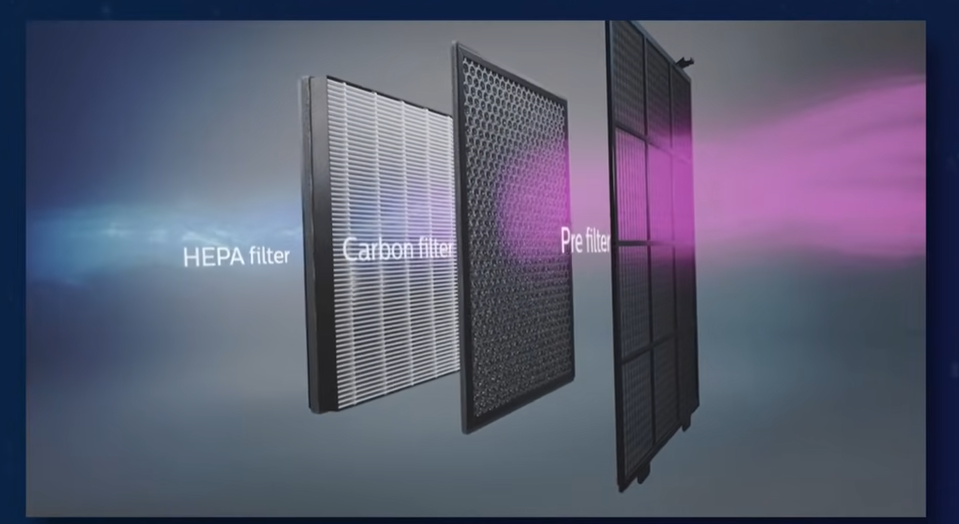
Air purifiers with the right filters are particularly helpful in scenarios like:
- New Homes/Renovations: New paint, flooring, and furniture release VOCs, which air purifiers can help to remove.
- Allergies and Asthma: Removing dust, pollen, and pet dander can reduce odors and alleviate allergy and asthma symptoms.
- Small Spaces: In smaller rooms or apartments, air purifiers can make a noticeable difference in air quality and odor levels.
- Apartment Living: Minimizing cooking odors, cleaning product smells, and other people’s cigarette smoke can make apartment living more comfortable.
Interpreting VOCs and Air Purifiers
Air purifier volatile organic compounds (VOCs) is a critical area. VOCs are emitted from many everyday products, and certain air purifiers excel at removing them. Let’s explore this connection more deeply:
- What are VOCs? VOCs are gases emitted from solids and liquids. They can include a variety of chemicals, some of which can have adverse health effects.
- Sources of VOCs: Common sources include paints, varnishes, cleaning supplies, pesticides, building materials, and even furniture.
- How Air Purifiers Help: Air purifiers with substantial activated carbon filters can effectively adsorb many VOCs, reducing their concentration in the air.
- Filter Quality Matters: The effectiveness of an air purifier in removing VOCs depends on the type and amount of activated carbon used. Look for air purifiers specifically designed for VOC removal.
- Other Strategies: Besides air purification, increasing ventilation, using low-VOC products, and proper storage of chemicals are important strategies for reducing VOC exposure.
Comparing Different Types of Filters for Smell
Here’s a comprehensive look at how different filters compare regarding odor elimination:
| Filter Type | Description | Odor Removal Efficiency | Other Benefits |
|---|---|---|---|
| HEPA | Removes 99.97% of particles 0.3 microns or larger. | Low | Removes allergens, dust, pollen, pet dander. |
| Activated Carbon | Adsorbs gases and odors using a large surface area. | High | Removes VOCs, smoke, chemical fumes. |
| UV-C | Uses ultraviolet light to kill bacteria and viruses. | Moderate | Disinfects air, reduces microbial growth. |
| Ionizers | Creates ions that attach to particles, making them easier to filter. | Low to Moderate | Can reduce dust and allergens, but may produce harmful ozone. |
| Ozone Generators | Produces ozone to oxidize and neutralize odors. | High (but risky) | Effective for strong odors, but poses health risks due to ozone exposure. |
| Photocatalytic (PCO) | Uses UV light and a catalyst (usually titanium dioxide) to break down pollutants. | Moderate | Can break down VOCs and odors, but effectiveness varies. |
FAQ
Q: Will any air purifier get rid of smells?
A: No, not all air purifiers are created equal when it comes to odor removal. Look for air purifiers with activated carbon filters, which are specifically designed to adsorb and neutralize odors.
Q: What is the best type of filter for removing cooking smells?
A: Activated carbon filters are the most effective for removing cooking smells. They can adsorb the volatile organic compounds (VOCs) released during cooking that cause odors.
Q: Can I use an air purifier to get rid of pet odors?
A: Yes, air purifiers with HEPA and activated carbon filters can help reduce pet odors. HEPA filters remove pet dander, while activated carbon filters adsorb odors.
Q: How often should I replace the filters in my air purifier?
A: Filter replacement frequency depends on the type of filter and the air quality in your home. Follow the manufacturer’s recommendations, but generally, HEPA filters should be replaced every 6-12 months, and activated carbon filters every 3-6 months.
Q: Are ozone generators safe to use for odor removal?
A: Ozone generators are generally not recommended for home use. Ozone is a lung irritant and can be harmful, even at low concentrations.
Q: Can air purifiers remove the smell of mold?
A: Air purifiers can help reduce the musty odor associated with mold, but they won’t eliminate the mold itself. It’s important to address the source of the mold and remove it completely.
Q: How big of an air purifier do I need?
A: Choose an air purifier with a CADR rating appropriate for the square footage of the room you want to clean. The higher the CADR rating, the faster it will clean the air.
Q: Do air purifiers help with cigarette smoke?
A: Yes, air purifiers with activated carbon filters can help remove cigarette smoke and other airborne particles.
Q: Is it worth getting an expensive air purifier?
A: A more expensive air purifier may have better filtration, a higher CADR rating, and additional features. It’s worth considering if you have specific needs, such as allergies, asthma, or strong odors.
Conclusion
Air purifier odor reduction is achievable with the right technology and a comprehensive approach. While air purifiers, particularly those with activated carbon filters, are an effective tool for odor removal and air cleaner odor control, they are most effective when combined with regular cleaning, ventilation, and addressing the source of the odors. By understanding how air purifiers work for smells and selecting the best air purifier for bad smells, you can create a cleaner, fresher, and more comfortable indoor environment.
My name is Carlos Gadd, and I am the creator of AirPurityGuide.com.. With a passion for footwear, I share my experiences, insights, and expertise about shoes. Through my blog, I aim to guide readers in making informed decisions, finding the perfect pair, and enhancing their footwear knowledge. Join me on this journey to explore everything about shoes!